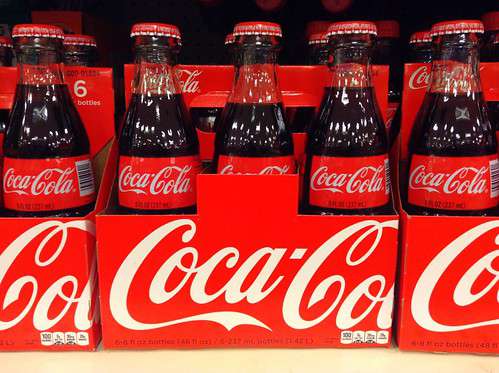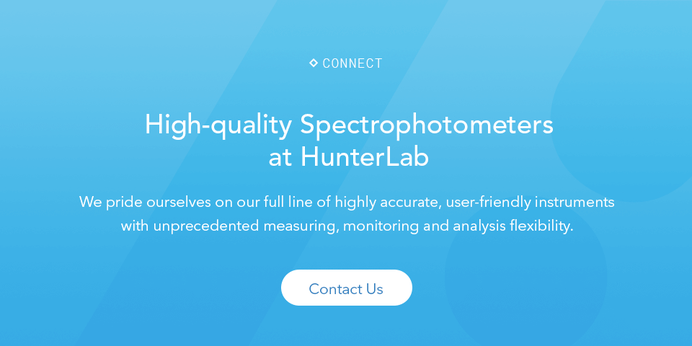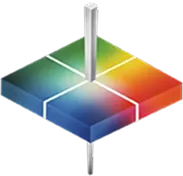
Apple’s distinctive boxes serve as a prime example of the importance of color in packaging. Image Source: Flickr user Brett Jordan
The distinctive robin’s egg blue of Tiffany & Co. is one of the most iconic packaging colors ever created. Image Source: Flickr user Constantin Wiedemann
One of the most widespread concepts in business is the idea of the seven-second rule: people make vital decisions within the first seven seconds of being introduced to a product and what happens in those seven seconds can either nurture long-term consumer loyalty or turn would-be customers off for good.
However, most consumers’ first contact isn’t with the product itself, but with the product packaging. As such, packaging design is often just as important as the design of the product, shaping consumer perception from the very beginning of a potential customer’s encounter. “Packaging is powerful because it tells consumers why your product and brand are different,” writes Joseph Conran for Inc. “Thinks of Tiffany & Co. For most people, the iconic robin’s egg blue box is more recognizable than the jewelry.”1
Indeed, the importance of color in packaging cannot be overstated; research reveals that “85% of consumers attribute color as a primary reason for purchasing behavior.”2 At a time when more products are competing for space in the marketplace than ever before, smart packaging design choices can be a vital deciding factor in the success of a product and spectrophotometric analysis of that packaging is essential to ensuring that your vision becomes reality.



